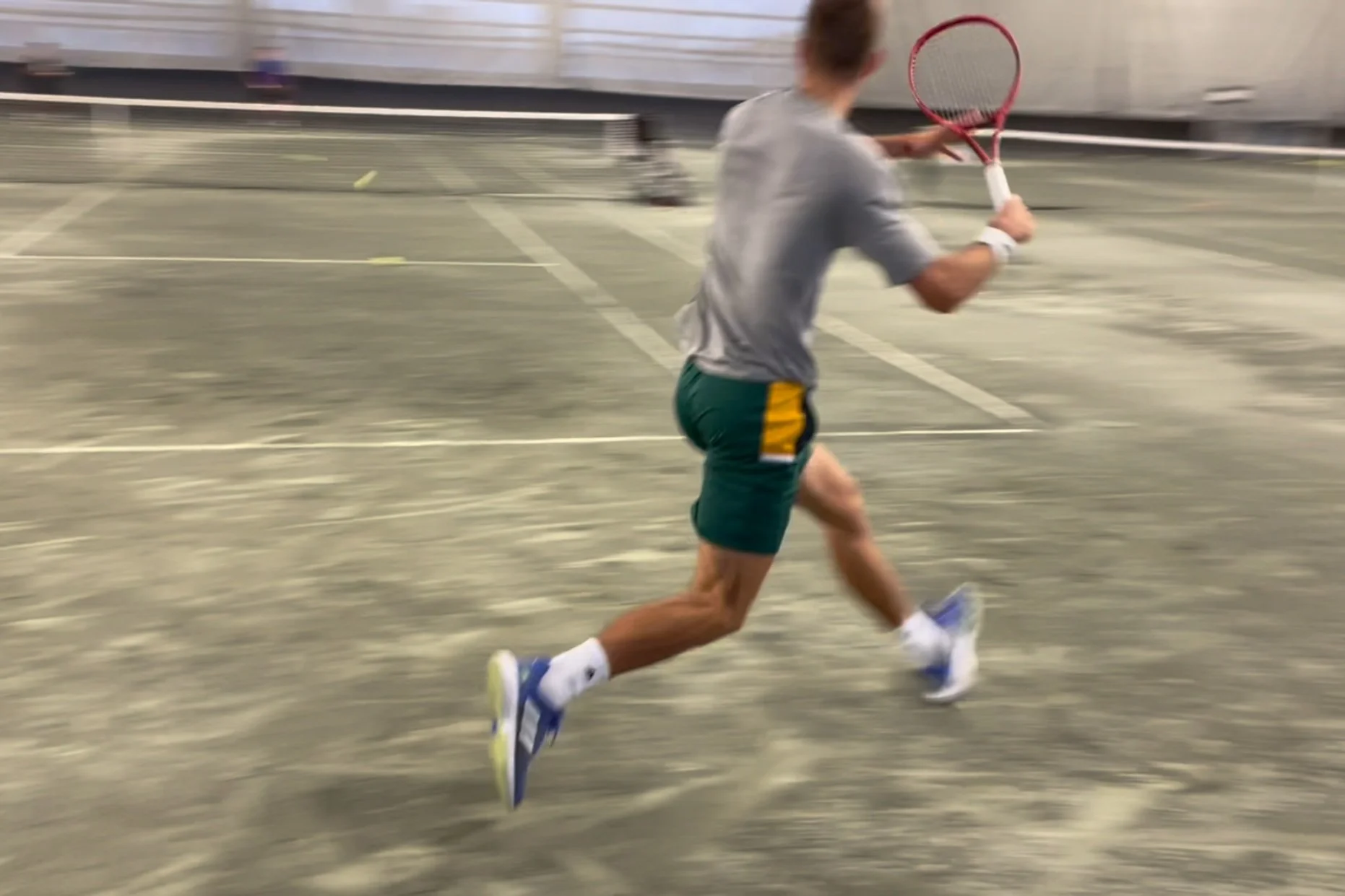When teaching various tactical scenarios to players, I often ask them the following question: “what do you think is the most common rally length in tennis”? Less experienced players jump to answers like 7 or 9 while those that have been playing for many years reply with 3, 4 or 5. Do YOU know what it is? When it comes to professional tennis, according to Brain Game Tennis, it’s 1. Can you believe that? The most common rally length (called the mode, in statistics) is 1! That’s a service ace or a service winner (i.e. the returner makes an error off the serve). This happens about 30% of the time. The next most common rally length is 3 - that’s a serve, return and one more shot.
Viewing entries tagged
random practice
While there was a lot of positive feedback from last week’s post on blocked vs. random practice, there was also a bit of confusion. I suppose the term ‘random’ can be a bit misleading. To clear the air, this week’s post will attempt to clarify the supposed dichotomy between blocked and random practice and offer a slightly different perspective to the argument. Furthermore, there are 2 other forms of practice - called ‘variable practice’ and ‘constant practice’, which can be influenced by both block and random approaches. Lastly, several examples of each practice type will be offered and described, along with the 'why' behind their use.
Many experts in the field of motor learning believe that the way a coach interacts with an athlete, bears a tremendous impact on the improvements that athlete makes. These same experts, however, would argue that the organization of a practice is perhaps even more important than what a coach says to his/her athlete. Let’s assume that to be true for a moment. As a coach, would that change the way you look at your practices? As a player, would it affect your perspective when attempting to improve serve accuracy, for example?




